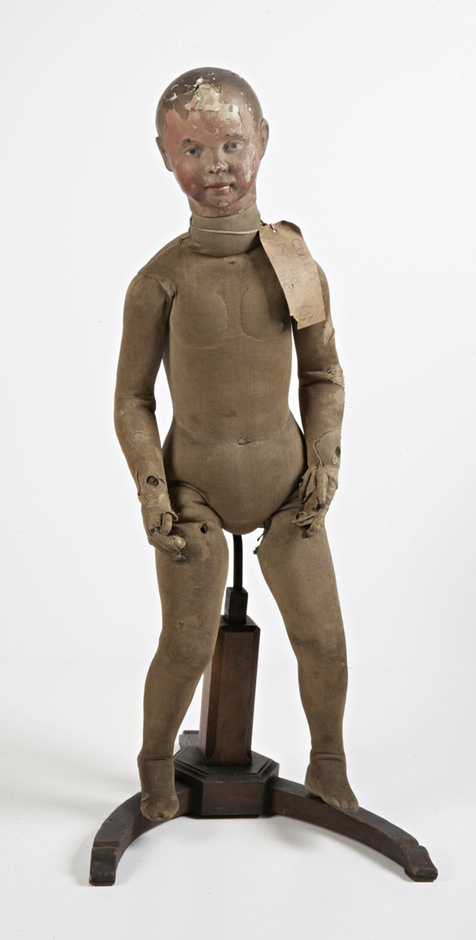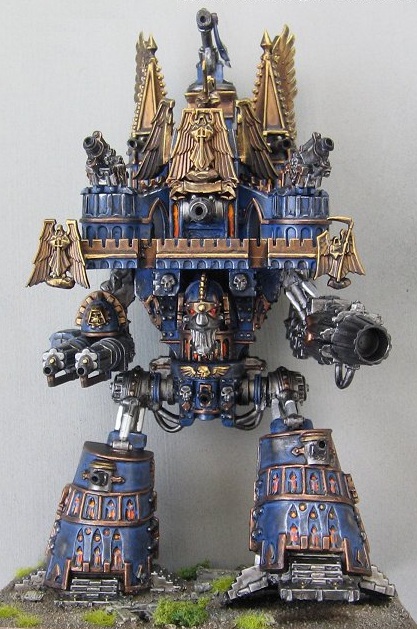Yesterday, we went to the Fitzwilliam Musem to see their “Silent Partners” exhibition, which is about artists’ mannequins, and is, as you might expect, pure high-octane nightmare fuel.
Just to give you an idea, the exhibit — which is more or less chronological in its structure — opens with a print of this goddamn thing:
That is “Smugglerius,” and that is a cast of the body of a person — a smuggler, probably — who was hanged, then flayed, posed to look like this:

— and then used to teach art students anatomy. Which is among the nicer things people could think of to do with the bodies of their fellow sinners back in those days.
So we’re into weird territory right from the start, and we’re going to firmly stay there. Of course, it’s not hard to make mannequins creepy. Anything that resembles a human but clearly isn’t is unnerving, but there are limits. This is “Child Number 98,” a mannequin that we know was rented from a London “colourman” by John Everett Millais (they have the shop’s book on display showing the dates of the rentals):
Now, that’s fucking creepy, but with the head off, so that you can see the big column/tentacle of faux-flesh that supports it, it looks like a more perverted Pyramid Head from Silent Hill.
What’s interesting is that the exhibition really acknowledges this. In the later stages, it gets into dolls and fashion mannequins as well as artists’ mannequins. One of the dolls is an Edison Talking Doll, and the plaque explains that the doll’s “disembodied, sepulchral voice” made it unpopular with children. There’s even a little recording, although for some reason it wasn’t working when we were there. See if you agree with the analysis.
When you’ve got sections of your exhibition called “Silenced Partners” or “Finding the Bodies,” that’s called leaning in.
I thought that some of the exploration of the social history of the mannequin was really interesting. Consider this image, The Black Brunswicker by the aforementioned John Everett Millais.
 So, the deal here is that it would have been totally inappropriate for the models (Charles Dickens’s daughter and some guardsman) to stand so close together, even, oh God, touching, for the hours it would take the painter. So Millais painted each of them posing against a mannequin and put them together.
So, the deal here is that it would have been totally inappropriate for the models (Charles Dickens’s daughter and some guardsman) to stand so close together, even, oh God, touching, for the hours it would take the painter. So Millais painted each of them posing against a mannequin and put them together.
I figure that gives it the necessary historical context to make it a blogworthy thing, right? But there’s much more that we didn’t have time to see, or that I don’t know enough to talk about. It’s definitely worth seeing, though — it’s informative, it’s creepy as anything. It’s on until 16 January, so if you get some time over the holiday I recommend you check it out.
Also this goddamn thing is in there what the fuck museum.





























